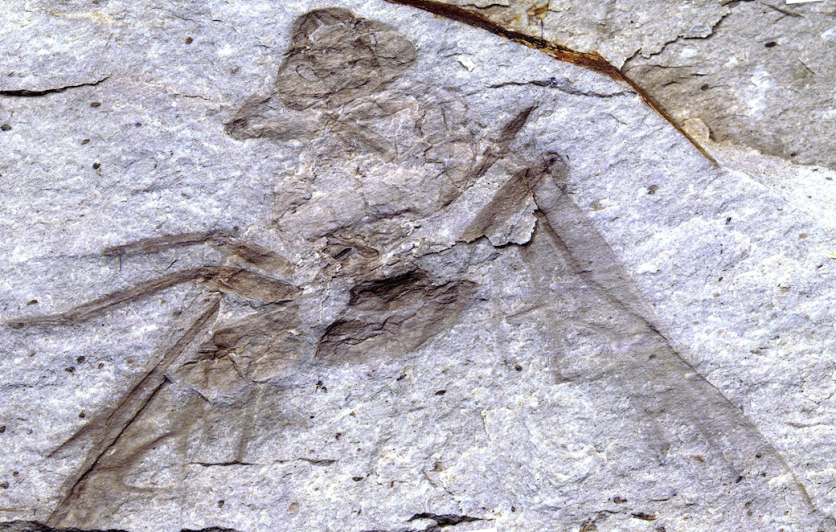Ants are generally known as small insects that roam around in groups and work for their colonies, but what if some 50 million years ago, some species are as large as small birds? Indeed, there are, but its species are now extinct, giving the public only remnants of what these giant ants were, recently discovered again in Canada.
The researchers refer to these giant ant species as "Titanomyrma," and its discovery in British Columbia baffles scientists about how they traveled across the Atlantic, and what happened to its size.
Giant Ant Fossil Found in Canada, Raises the Question of Migration

Simon Fraser University shared in its latest press release that another giant queen ant fossil was discovered, but this is the first time it appeared in Canada, particularly in British Columbia. This is an already extinct ant, Titanomyrma, which are large, and seen in North America after a decade since its last discovery.
"This ant and the new fossil from British Columbia are close in age to other Titanomyrma fossils that have been long known in Germany and England," says Bruce Archibald, an SFU paleontologist. "This raises the questions of how these ancient insects traveled between continents to appear on both sides of the Atlantic at nearly the same time."
Archibald is also known for his previous discovery of a Titanomyrma in Wyoming.
Giant Ants Shrunk in Size Because of Global Warming?
The researchers published their paper on The Canadian Entomologist, detailing the significant discovery in British Columbia, with close ties to its former sighting from a decade ago.
"They further found that modern ants with the biggest queens also inhabit hot climates, leading them to associate large size in queen ants with high temperatures. This creates a problem, however, as although the ancient Arctic had a milder climate than today, it still wouldn't have been hot enough to allow Titanomyrma to pass," said the release.
Animal Fossils Found Throughout Time
Animals and insects are living across the face of the Earth for a long time now, and they are considered to be the earliest living dwellers on the planet before humans. A giant lacewing fossil, regarded to be from the Jurassic Era, was recently recovered from a Walmart location in Arkansas, setting a new world record for its mysterious discovery.
Fossils are a great way to explain to people how evolution works, especially among living species in the world. Some fossils belong to the same family or species but have different-looking bones or structures which shows evidence of evolution.
There was once a perfectly preserved skull found underwater, and it contains a well-preserved brain that stayed intact from the centuries-old fossil.
From different animals to insects walking the planet in the early days, there have been significant changes to their form, looks, physiology, and behavior which led to their notable evolutions. In the case of the Titanomyrma, these giant queen ants became smaller, and spread across the Atlantic in North America and Europe in their lifetime.

ⓒ 2026 TECHTIMES.com All rights reserved. Do not reproduce without permission.




